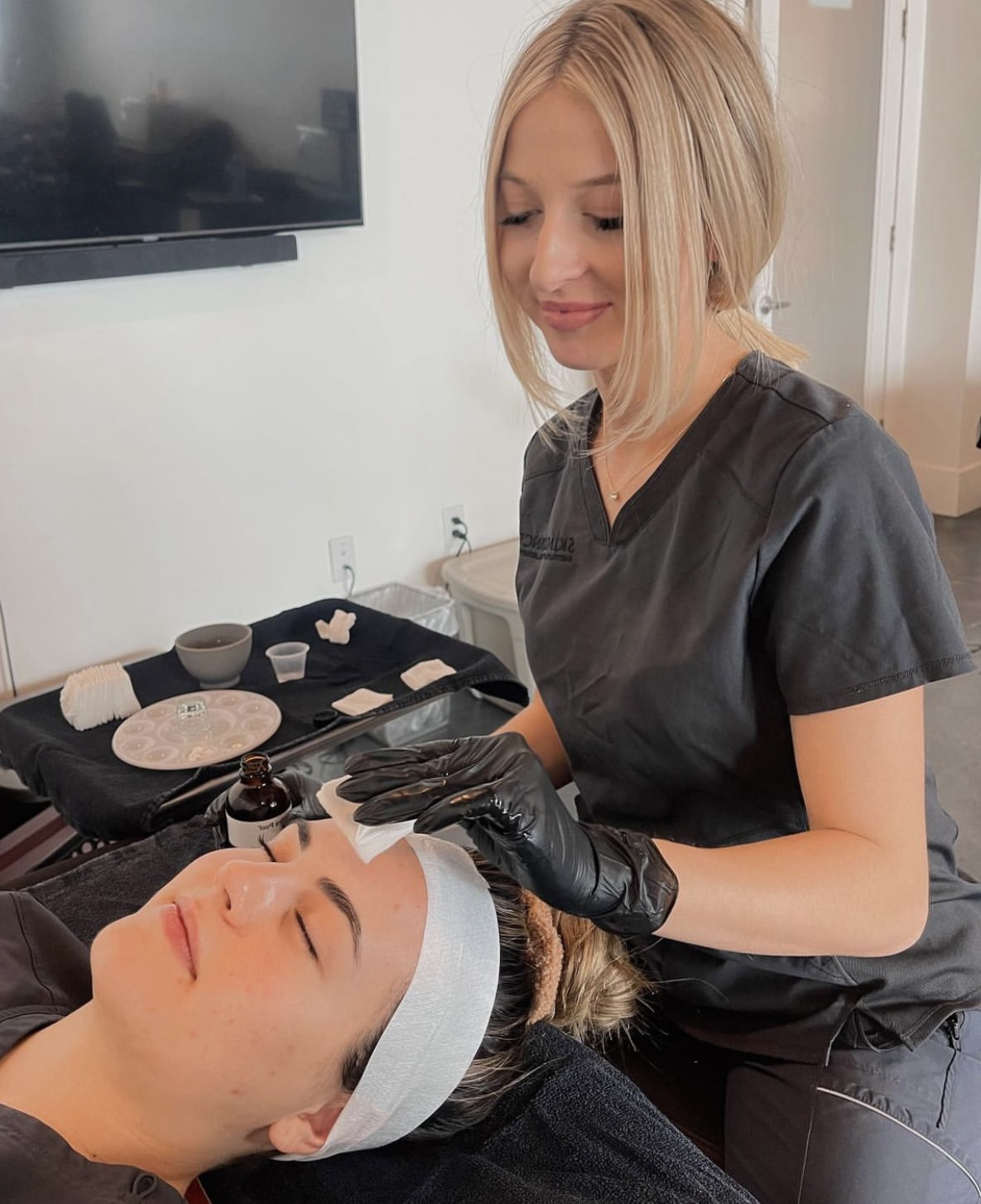Big changes are coming to Utah’s esthetics licensing system. Under Senate Bill 330 (SB 330), the current basic esthetician license pathway may be eliminated, and going forward, the state will issue only master esthetician licenses or equivalent permits. If you’ve been considering basic esthetics training, this shift means now is the time to act before the opportunity is phased out.
At Skin Science Institute, we believe you deserve clear, up-to-date information. Here’s what SB 330 means for aspiring estheticians, why it matters, and what steps you should take right now.
What’s Changing Under SB 330
Elimination of the Basic Esthetician Pathway
Currently, Utah offers both a basic esthetician license (600 hours of training) and a master esthetician license (1,200 hours). SB 330 proposes to phase out new basic licenses, meaning after it takes effect, no new basic licenses will be granted under existing rules.
Higher Training Hour Requirements
Without the basic track, all new entrants will be required to meet master esthetician hours (1,200 hours), effectively doubling the commitment for new practitioners. This transition raises both the financial and time investment needed to enter the field.
Effective Date & Transition Provisions
SB 330 goes into effect January 1, 2026. During a transition period, those already enrolled or starting basic programs may be “grandfathered in” under the current rules. You must begin or be actively enrolled in your basic program by that date to qualify for the old pathway.
Micro-Licenses, Permits & Restructured Licensing
SB 330 also creates micro-licenses or permits for more focused services (e.g., facial hair removal, eyelash/eyebrow work) as standalone credentials, but these do not replace the full scope of a master esthetician license.
The law clarifies the scope of practice rules (especially for dermaplaning), oversight, and supervision requirements for master estheticians.
Expanded Scope for Master Estheticians
Under SB 330, master estheticians may gain explicit permission to perform more advanced procedures (such as dermaplaning and other cosmetic skin services) within regulated boundaries, as the bill clarifies and adjusts the scope of practice.
The law also addresses how chemical hair services will be regulated, requiring specific permits or licenses (e.g., a chemical hair services permit) and setting hour thresholds (e.g., 260 hours) for those seeking to perform those treatments.
Why This Matters
Cost & Time Increase
The removal of the basic esthetician option forces all new entrants to commit to the full master esthetician hours, more tuition, materials, and classroom/lab time.
Access & Opportunity Risks
Some prospective estheticians may not have the resources or flexibility to invest in 1,200 hours from the start. Without a lower-entry pathway, fewer people may be able to enter the profession unless they go all in.
Scope & Expectations Shift
Skills once reserved for master-level training (e.g., advanced exfoliation, chemical peels, dermaplaning) may become baseline expectations for new entrants, raising the bar for what clients expect from new estheticians.
Professional Positioning & Market Perception
As basic licenses fade away, “master esthetician” becomes the de facto entry credential. Marketing, client trust, and perceived legitimacy may shift heavily toward those holding or pursuing master status.
Regulation & Safety Enforcement
SB 330 also includes stricter supervision rules, clarification on permitted procedures, and guidelines for oversight, important for safeguarding health, especially with more invasive skin services.
What You Should Do Now (Before the Cutoff)
-
Enroll Immediately
If you’re eligible, begin a basic esthetician training program now, or if you’re already enrolled, keep progressing so you can complete under the current regulations.
-
Confirm Licensing Guarantees
When selecting a school, ask whether your start date ensures qualification under the current basic license rules. Get this in writing if possible.
-
Budget for Master Esthetician Path
Plan financially and timeline-wise for the possibility that you may need to continue beyond the basic and complete the full master’s program.
-
Check Financial Aid & Scholarships
With higher costs ahead, seek grants, scholarships, or financial aid that apply specifically to the master’s track.
-
Consult Schools & Utah DOPL
Ask prospective schools how SB 330 will impact their curriculum and licensing guarantees. Also, verify changes directly on the Utah Division of Professional Licensing (DOPL) site, especially when rules are clarified.
-
Track Permits & Micro-License Options
Even if you don’t pursue full licenses immediately, micro-permits may let you work in narrower service areas. Evaluate whether those fit your goals.
Why Skin Science Institute Stands With You
At Skin Science Institute, we’ve been tracking the Utah SB 330 process closely. We’re aligning our class schedules so students can complete their basic training before the cutoff. And if you prefer to go straight to master esthetician, we’ll support you through that path. We want to ensure you never feel blindsided by changing laws or lost in uncertainty.
We believe in giving full disclosure, scope, cost, time, and expectations should all be transparent up front. Your success depends not only on your passion but on navigating these regulatory changes wisely.
Final Thoughts: Time Is Limited, Decide Strategically
The basic esthetician license pathway, as you know, may soon disappear under Utah law. If that option is part of your plan, don’t hesitate; start now.
Becoming a master esthetician still offers a path forward, but with increased demands of time, cost, and rigor.
The key is to make an informed choice today, before January 1, 2026. We’re here to help you move forward—whether you opt for the basic window or dive into master esthetics from the start.




